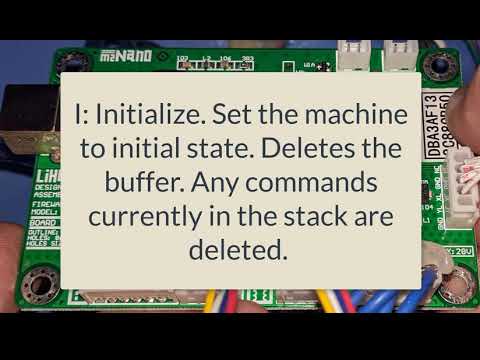Like @Tatarize I have other kettles on the boil, but information for anyone else interested in this project…
attiny84: 20Mhz clock, 8K flash instruction memory, 512 bytes sram data, 5V, pretty robust I/O, only slightly more expensive than dirt ($1-$2 in onesies)
ESP32: 72MHz clock, dual core, wifi and bluetooth, 3.3V, GPIOs reported sometimes 5V tolerant but don’t count on it, 0.5MB SRAM, several MB (several variants in different sizes) flash memory for program, roughly the same price as the attiny84. ($1 for the chip, $2-$4 for the board with flash and wifi antenna, $8-20 for complete dev boards depending on desired functionality; $20 gets you a built-in display and battery controller.) WiFi is better isolated than the best USB cables you can buy! And the API is well documented, supported, and robust; it’s done by sprite_tm (famous for, among other things, installing Linux on his hard drive. Not installing Linux on his computer’s hard drive. I mean, running Linux on the controller on a hard drive… Then for using the ESP32 to make a mini mac. But I digress.)
The atttiny is available in a through-hole part and is easy to solder, whereas the ESP32 boards are 2mm castellated boards and thus slightly more fiddly to solder.
Sadly 99 out of 100 tutorials for getting started with the attiny84 show how to use arduino for it, but I think this is one of those things that would be clearer and simpler with pure C and leaving out the weight of the whole C++ framework. Here’s a blog post with starting example:
I’d still go with ESP32, myself. The ESP32-WROOM-32 is less than $3 from mouser, and still only $4 from digikey. $10 gives you a breakout board with USB on it for programming. Cheaper than arduino.
I think that except for the schmitt trigger, this board from Bart Dring already has everything you want — takes a $10 board, and uses trinamic drivers which are frankly awesome. I’d see whether the schmitt trigger is necessary before adding it.
So if anyone finds this idea interesting, there’s an ideal platform for it! You could reduce the cost substantially by integrating the ESP32-WROOM-32 and stepper driver chips directly instead of building on dev board and step sticks, but it’s already pretty cheap.


